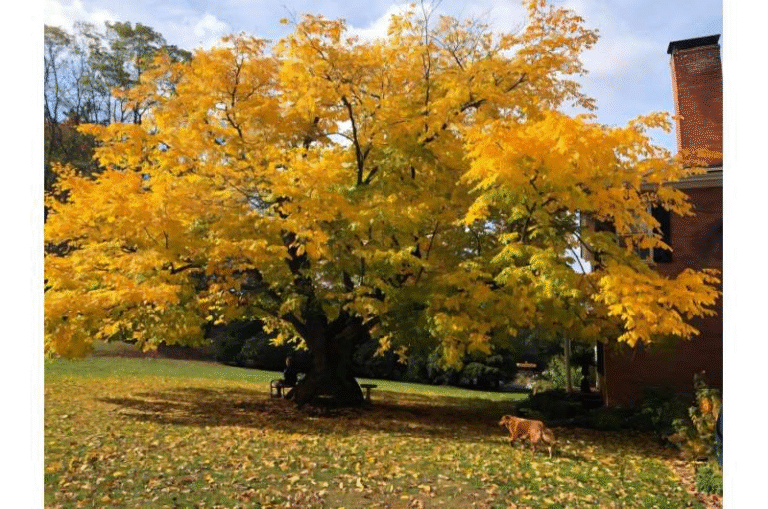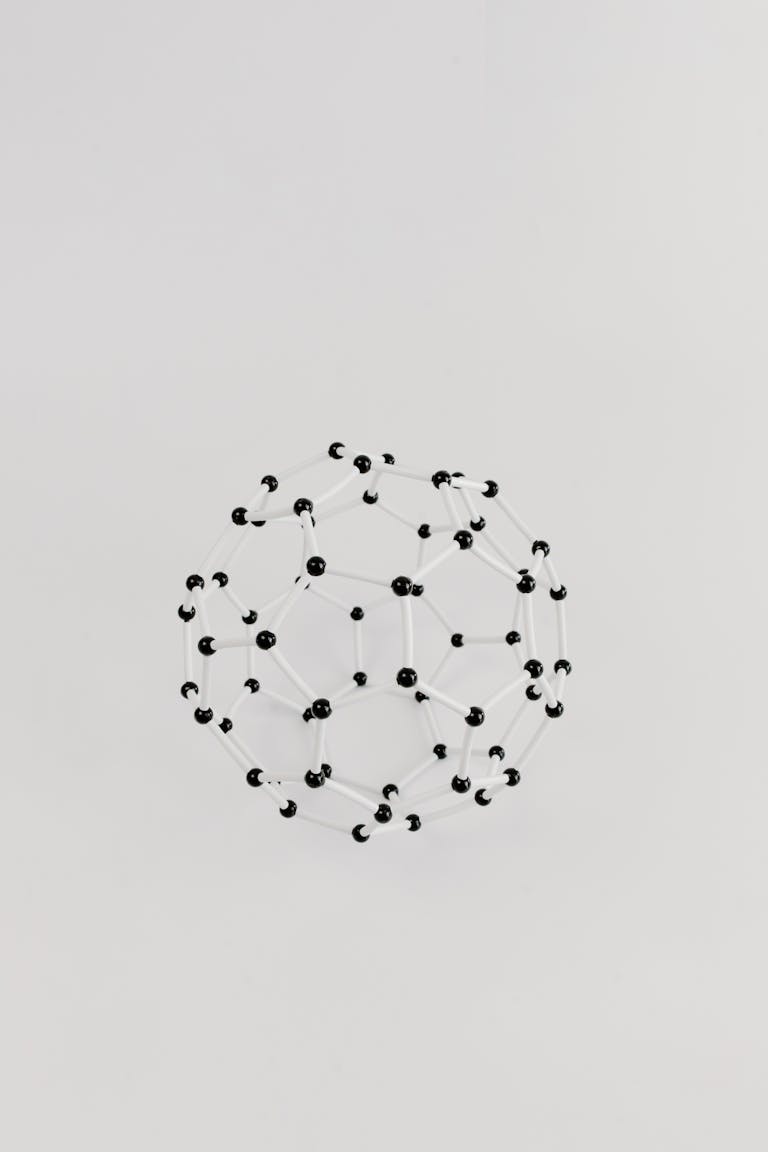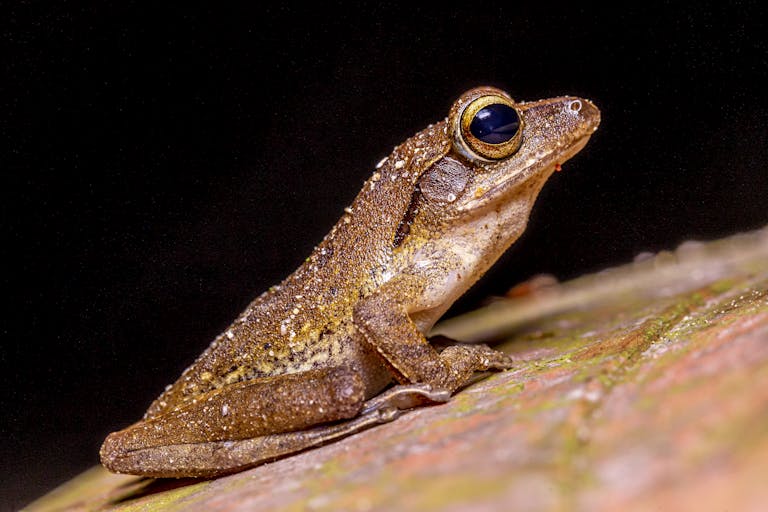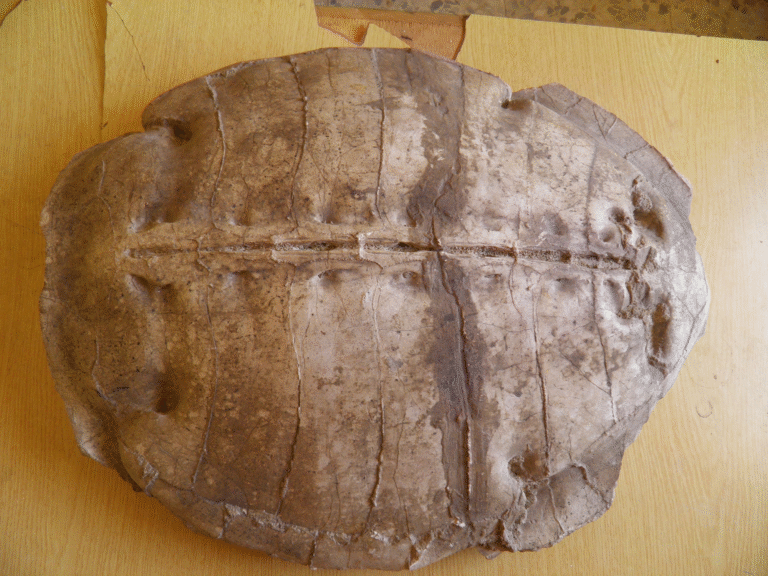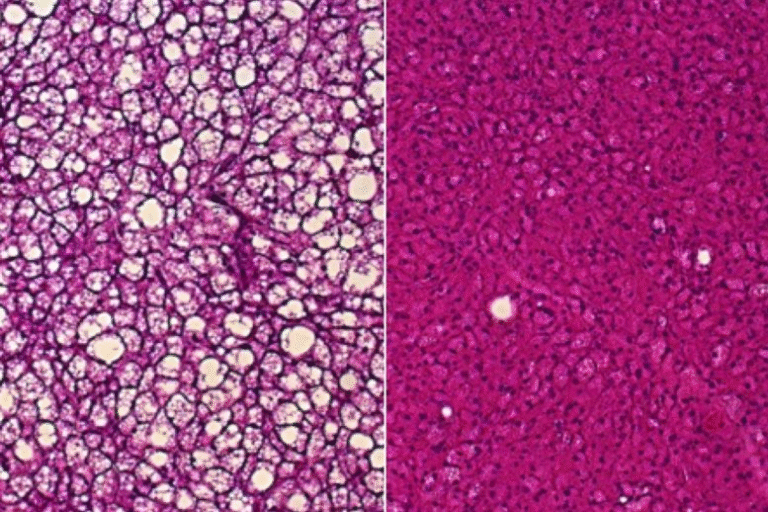The Hidden Medicine in Honeybee Pollen: How Friendly Bacteria Could Save Bees and Crops
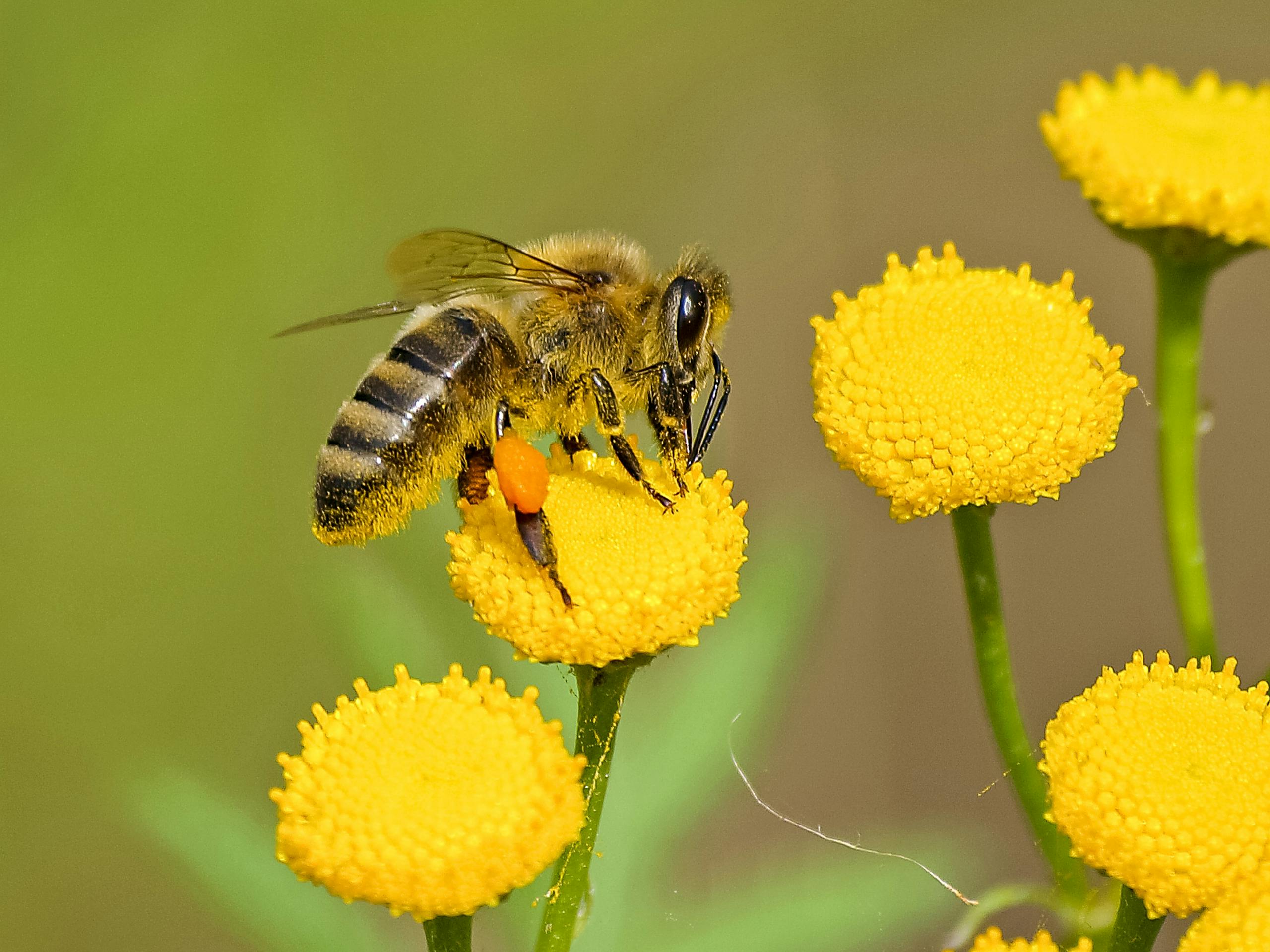
For years, scientists have searched for safer, more natural ways to protect honeybees from the wide range of threats they face. Now, new research suggests that the secret weapon may already be inside their hives—carried there on the very pollen that bees collect. Researchers in the United States have discovered that honeybee pollen is rich in beneficial bacteria, specifically those that produce natural antibiotics capable of fighting deadly bee and plant pathogens. This discovery could open the door to an entirely new generation of sustainable treatments for both honeybee health and crop protection.
Why Honeybees Need Natural Defenses
Honeybees are essential pollinators, but their colonies are constantly under siege. Scientists have identified more than 30 parasites and pathogens that attack hives, including viruses, fungi, bacteria, protists, and mites. Beekeepers already use antibiotics and chemical treatments to manage diseases like American foulbrood and stonebrood, but these methods can lead to resistant strains and harm beneficial microbes inside the hive.
This ongoing battle has prompted researchers to look for environmentally friendly alternatives that work with nature instead of against it. A team led by Dr. Daniel May of Washington College, Maryland, suspected that the answer might lie in something bees already interact with daily—pollen.
The Research: What Scientists Did
Between April and June 2021, the research team collected pollen from 10 native plant species growing in the Lakeshore Nature Preserve at the University of Wisconsin–Madison. Later that year, they also gathered pollen directly from the stores inside a nearby honeybee hive located about 1.5 miles away.
Their goal was to see if the beneficial microorganisms found in plant pollen were the same ones living inside the hive’s pollen stores. These microbes, known as endophytes, naturally live inside plant tissues and often produce compounds that protect their host plants from disease. The scientists wondered if these endophytes might hitch a ride on pollen, travel with bees back to the hive, and then continue providing protection there.
What They Found Inside the Pollen
The team isolated 16 bacterial strains from the plant pollen and 18 strains from the hive’s pollen stores. Using DNA barcoding and genome sequencing, they discovered that many of the same or closely related bacterial species appeared in both plant and hive samples.
A large majority—about 72%—belonged to the bacterial genus Streptomyces, a group already famous in medicine and agriculture. Streptomyces are the source of nearly two-thirds of all antibiotics used in clinical medicine today, as well as many anticancer and antiparasitic drugs. These bacteria are renowned for their ability to produce bioactive compounds that can kill or inhibit pathogens.
The fact that Streptomyces species were found both on flowers and in hives was a strong clue: bees are likely transporting these bacteria from plants back to their colonies, unintentionally creating a microbial shield in their stored pollen.
Testing the Bacteria Against Bee and Plant Pathogens
To test whether these bacteria could actually fight infections, the researchers conducted competition assays—lab experiments where known pathogens were grown together with the isolated Streptomyces strains.
The results were striking:
- Nearly all the Streptomyces strains inhibited the mold Aspergillus niger, which can cause a serious honeybee disease known as stonebrood.
- Several strains also showed strong or moderate activity against Paenibacillus larvae (responsible for American foulbrood) and Serratia marcescens, another harmful bee pathogen.
- Some of the same bacterial strains were able to suppress plant pathogens, including Erwinia amylovora (which causes fire blight), Pseudomonas syringae, and Ralstonia solanacearum, all of which are known to damage major crops.
This overlap between bee-protective and plant-protective effects hints at an evolutionary link—microbes that evolved to help plants might also benefit pollinators that spread them.
Genetic Clues from the Bacterial Genomes
The genome sequencing revealed that these Streptomyces species weren’t random contaminants. Their DNA contained specific genes associated with endophytic lifestyles, meaning they’re adapted to live within plants and form beneficial relationships.
Some of these genes encode:
- Enzymes that help bacteria colonize plant tissues
- Compounds that promote plant growth
- Molecules that allow them to scavenge metals around plant roots
- Biosynthetic pathways for antimicrobial compounds
These genetic features confirm that the bacteria are true endophytes—organisms that naturally protect their hosts—and that they likely continue to play a protective role once transported by bees.
How Bees Become Microbial Couriers
The researchers observed that these beneficial bacteria were present on flowers, pollen-covered bees leaving the flowers, and within the hive pollen stores themselves. This led them to conclude that bees pick up endophytic bacteria while foraging, carry them on their bodies and pollen loads, and then deliver them into the hive, where they continue to provide protection.
Essentially, bees are acting as microbial couriers—moving helpful bacteria from one part of the ecosystem (plants) to another (their hives). In the process, they create a natural bio-protective system that benefits both themselves and the plants they pollinate.
Implications: Natural Defenses for Bees and Beyond
This discovery opens up exciting possibilities. If certain bacteria from pollen can help defend hives, then introducing the right beneficial microbes could become a new form of hive treatment—like giving bees their own probiotics. Instead of relying on synthetic antibiotics or chemicals, beekeepers could potentially seed hives with naturally occurring Streptomyces strains that target specific pathogens.
Moreover, these findings reinforce the importance of biodiversity. A landscape rich in different flowering plants doesn’t just provide nectar and pollen—it also ensures a wider variety of beneficial microbes. A diverse floral environment could therefore lead to healthier, more resilient bee colonies.
Connecting the Dots: Bees, Plants, and Microbes
The relationship between plants, microbes, and pollinators is more intertwined than most people realize. Plants rely on microbial partners—especially endophytes—to defend themselves from diseases. These same microbes, once transferred by bees, can play similar roles in protecting hives.
It’s a remarkable cycle:
- Plants host beneficial endophytes within their tissues.
- Bees collect pollen containing those microbes.
- Pollen and bacteria enter the hive, forming part of the hive’s microbial ecosystem.
- The bacteria suppress harmful pathogens, safeguarding both plants and pollinators.
This interconnected defense network highlights how much nature already “engineers” balance within ecosystems—and how our interventions can either support or disrupt that balance.
A Step Toward Bee Probiotics
In the future, managing bee health might look quite different. Instead of applying antibiotics or fumigants, beekeepers could introduce targeted beneficial bacterial strains to colonies. These bacteria could colonize hive materials or bee guts and produce antimicrobial compounds naturally.
Such an approach would not only reduce chemical exposure but also preserve the hive’s natural microbiome, which plays a vital role in digestion, immunity, and disease resistance.
However, scientists caution that this idea is still at an early stage. There’s a lot to learn about how these bacteria interact inside real hives, how stable they are under varying conditions, and how they affect the existing microbial community.
Previous Clues That Led Here
This is not the first time Streptomyces bacteria have been linked to bee health. Earlier studies, including one from 2021, showed that Streptomyces species found in pollen produced an antibiotic called piceamycin, which was effective against Paenibacillus larvae, the bacterium behind American foulbrood.
Streptomyces are also widely known in agriculture for their role in biocontrol. Certain commercial products, like Actinovate, already use Streptomyces-based formulations to protect crops from fungal diseases. The new findings suggest that similar microbial allies could also be harnessed to protect bees.
What Still Needs to Be Studied
While the results are promising, there are several open questions:
- Which specific compounds made by these Streptomyces strains are responsible for inhibiting each pathogen?
- Can these bacteria sustain themselves inside the hive environment over long periods?
- How would introducing new bacterial strains affect the existing microbial balance in the hive?
- Could environmental changes, such as pesticides or loss of plant diversity, reduce the transfer of beneficial microbes?
Understanding these factors is crucial before any large-scale application of bee “probiotics” can be safely implemented.
Why This Matters Beyond Bees
This study is also relevant for agriculture as a whole. Bees are vital for pollinating crops, and their decline threatens food security worldwide. Finding ways to strengthen bee immunity naturally helps maintain pollination systems and, by extension, the health of ecosystems and farms.
On the plant side, these same bacterial strains could inspire new biological crop treatments, reducing the reliance on synthetic chemicals and promoting sustainable farming practices.
Ultimately, this research adds another layer to our understanding of how deeply connected life forms are. Bees, plants, and microbes form a symbiotic triangle, each depending on the others for survival. Supporting that natural balance might be one of the smartest strategies for protecting both bees and our food systems.
Conclusion
The discovery that honeybee pollen carries antibiotic-producing bacteria from plants is more than just an interesting scientific finding—it’s a window into how nature’s hidden partnerships keep ecosystems alive. These beneficial microbes not only shield bees from disease but also highlight how maintaining floral diversity can directly support pollinator health.
As research progresses, the idea of fortifying bee colonies with their own natural microbial allies could shift how we think about conservation, agriculture, and even medicine. Sometimes, the most powerful remedies aren’t found in laboratories but right in front of us—in the tiny grains of pollen that sustain life itself.
Research Reference:
Endophytic Streptomyces from honeybee hives inhibit plant and honeybee pathogens – Frontiers in Microbiology (2025)
